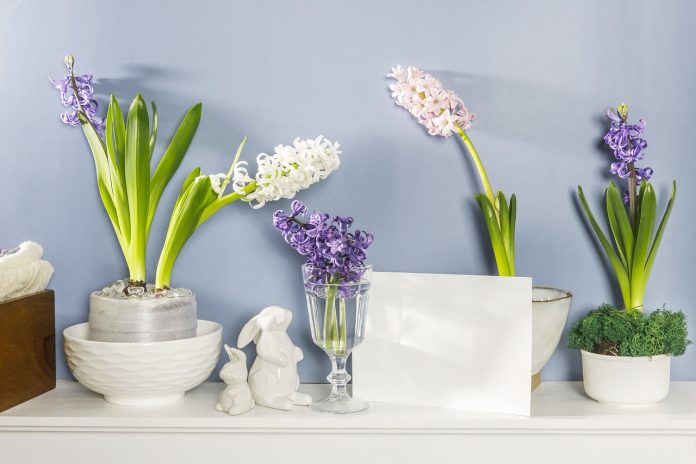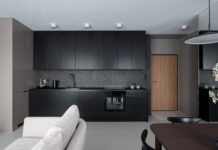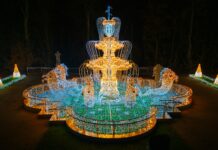Statues are an ideal decorative accent to bring warmth and style to your home interior design project. With a variety of sizes and styles available, they’ll fit seamlessly into any decor scheme.
Classical statues have been around for centuries, but designers are now incorporating them into modern and contemporary rooms in unexpected ways. Here are some inspiration to get you started on your quest.
Classical Statuary
Classical statuettes add a timeless aesthetic to your home, and come in an array of sizes and styles. From busts to religious figures, they can fit seamlessly into any design scheme.
Statues in classical art were distinguished by restraint, proportional beauty and idealization. This style of sculpture, which endured for nearly three centuries, is now considered to be the foundation of Western art.
One of the best ways to incorporate classic pieces into your decor is through small-scale reproductions. These statues can be as easy as plaster casts or 3-D-printed replicas, and many feature period-authentic materials like earth pigments, minerals, tempera paint and linseed oil.
Recently, Fondazione Prada in Venice opened an exhibition featuring dozens of miniature sculptures that were highly sought-after by wealthy, sophisticated audiences during the 1500s. Many replicas are based on actual sculptures from this era – some even belonging to prominent European art collectors’ collections.
This exhibit delves into the origins and uses of small-scale reproductions, exploring their use to teach people about art as well as being commissioned for personal or business use.
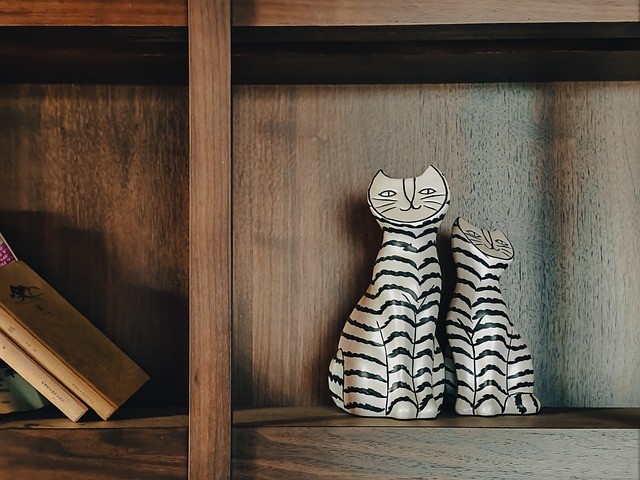
These reproductions can be crafted from a range of materials to give the sculpture an updated aesthetic. Some even incorporate neon-hued components for an unexpected take on classical form.
Throughout the Roman Empire, display of statuary was a way for kings and emperors to honor their subjects and families. These statues could range from depictions of gods and divinities, to recreations of ancient battles, to commemorative portraits of prominent individuals.
As this website notes, these types of statues were often accompanied by intricately carved reliefs that depicted battles or other events they reenacted. They became the focal point of a room, visible from any corner.
Rome often chose white statues over other colors due to their aesthetic appeal and easier identification with. This was particularly true of the white marbles from Greece that were often displayed in Rome.
Busts
The classical bust is an eye-catching design element that can be integrated into almost any interior space. Available in various colors and textures, it adds depth to any space.
The classic bust is a timeless design element and can be crafted out of various materials such as wood, stone, marble, ceramic and metals. Recently however, designers have begun incorporating more unconventional materials into their sculptures.
One popular trend in contemporary homes is creating a vignette with multiple busts.
They can be displayed on tables or shelves, as well as on pedestals or walls to add visual interest in a room. They could serve as focal points on furniture pieces or even fireplaces.
Some people enjoy having one bust on a pedestal, while others prefer multiples that can be moved around depending on the space’s needs. Either way, this type of display is an excellent way to showcase beautiful pieces of artwork and keep your decor in balance.
Another popular interior decorating idea is to pair busts with other sculptural elements such as urns, sculptures and architectural salvage items.
Designer Timothy Corrigan used a bronze bust in the entry hall of his client’s home to create an inviting atmosphere. Its aged finish showcases years of exposure to elements, giving it character and adding visual interest to the space.
This style of decor is ideal for adding other antique elements into your home. For instance, pairing a vintage mirror with either a bust or piece of carved wood will help create an old world atmosphere in your interior.
Are you searching for an eye-catching alternative to the classic bust? Try a mermaid. This sculpture has an enchanting mermaid quality that can add some charm into any room of your home.
Acrylic Stand Figure in Interior
Acrylic stand figures for interior are small goods designed to showcase anime figures. This type of figure has become widely popular in recent years among fans of figures.
Pros and Cons of Acrylic Stand Figure in Interior
Acrylic stands can be placed on tables to show off the colors of the tabletop and background through their transparent portion. They make great gifts for friends or family members – or just keep it for yourself!
Interior acrylic stand figures offer a more straightforward option than conventional and action figures, yet still provide immense satisfaction. Plus, their ability to fit in any space makes them the ideal way to display your favorite character!
The acrylic stand figure with interior is ideal for displaying in your living room. It’s easy to clean and won’t clog airflow or block light sources.
Moving your house can be a hassle with glass, but with plastic it’s more durable and saves you time and energy.
Acrylic is lightweight and resistant to shattering, making it a perfect material for protecting artwork from dust or electromagnetic fields.
Selecting the ideal acrylic case for your collection of acrylic pins is essential! Not only should it protect your figures, but also allow them to grow as needed. Look for cases made out of solid crystal or acrylic – which offers more durability than plastic or fiberglass alternatives.
Religious Statuary
If you have a special place in your heart for Jesus or the Blessed Virgin, a religious statue is an excellent way to add some decor to your home. They also serve as reminders of what matters most in life – that God loves us and is always present.
Religious statues come in an assortment of sizes and materials. Some are ceramic or porcelain, others are pewter or resin, while still others are made from glass. You can hang these statues inside or outside your home and adjust the size according to available space.
Statues often depict specific events or symbols from Christ’s life, Mary’s life, or that of a patron saint. Examples include Jesus as a worker or Mary kneeling before her crucifixion.
Another type of religious statue is one that contains a relic. Relics are purported or actual physical remains of saints, such as bones or pieces of clothing. In some cultures these relics are kept in reliquaries or feretrums to help people comprehend church beliefs and may be venerated on feast days for the saint or by faithful followers.
Reliquaries have been around since ancient Christian times and can now be found in most Catholic, Orthodox, and Anglican churches. They may look like caskets or box-shaped structures with a viewing portal; some reliquaries are even transparent to showcase the relics within.
While some reliquaries are simple boxes, others are intricate and resemble cathedrals or other religious buildings. While the earliest reliquaries were simply box-shaped, over time their designs became more intricate and aesthetically pleasing.
For instance, in Warfhuizen hermit-church in the Netherlands, a reliquary housing a bone fragment of Saint Benedict of Nursia can be seen. The relic itself measures 5 cm long and the fragments within it are smaller.
In Egypt’s Ptolemaic Period, a black steatite statuette of Isis as a mother with her son Horus serves to demonstrate that she was an nurturing goddess. This stunning example serves to demonstrate how ancient cultures used religious art to impart knowledge about their worship of deities and goddesses they revered.
Animal Statuary
Animal statuettes ininterior can be an elegant and tasteful addition to any home decor scheme. These pieces come in various shapes, colors and sizes that you can purchase as either a decorative item or collectible for your own collection.
These statuettes are typically made from ceramics, metal or a combination of both. They’re popular due to their resemblance to real animals and ease of cleaning with a damp cloth.
Some people purchase figurines as a way to remember their beloved animals. Some of these statues serve as decorative pieces in living rooms or bedrooms, while others can be purchased as collectibles that represent an animal such as an elephant or dog.
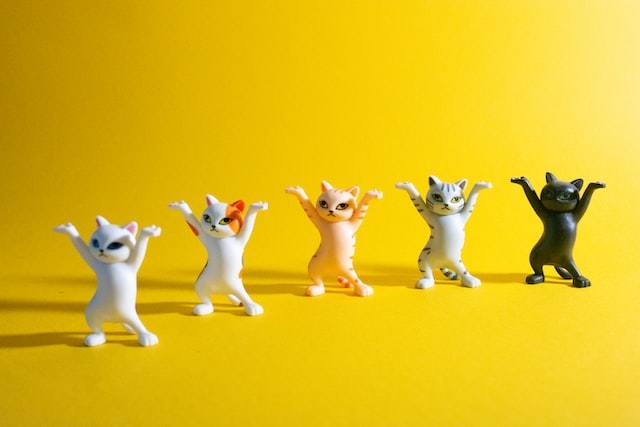
If you are a cat person, then investing in this beautiful and functional statue is the perfect addition to any home. Crafted from cast bronze with hand-painted color accents, the piece offers an old world charm that would look wonderful anywhere in your house.
A leopard sculpture is the ideal choice for anyone seeking to add a touch of class and beauty to their home decor. Crafted from high-quality resin, it features realistic fur patterns and expressive facial expressions. Not only will it fit in perfectly with any interior design theme, but it would make an excellent gift for cat or leopard lovers as well.
An elephant sculpture is an ideal choice for homeowners seeking to add beauty and originality to their home decor. This 16 inch tall wooden elephant statue is an intricate replica of an elephant in its natural environment, sure to bring balance and elegance to any space.
Animal sculptures come in a range of forms, such as allegories, heraldic groups, free-standing pieces and gargoyles. These statues often adorn architectural or religious settings and may be highly stylized or naturalistic in style.
One of the most iconic animal statues is a bovine or an equinus, often depicted grazing animals on archaeological sites. Geometric bronze art often features these type of sculptures with bovines as their main focus but some rams, goats and horse figurines can also be found within these types of compositions.

